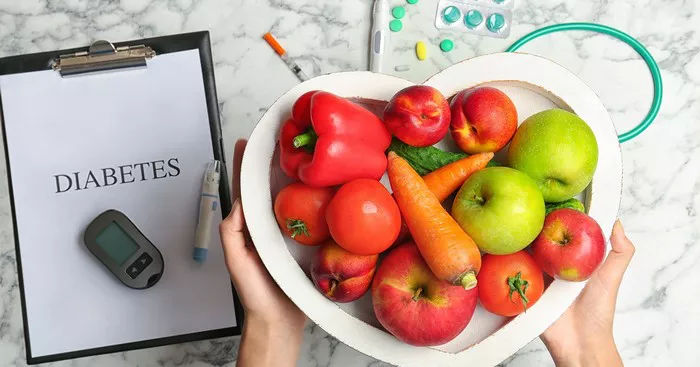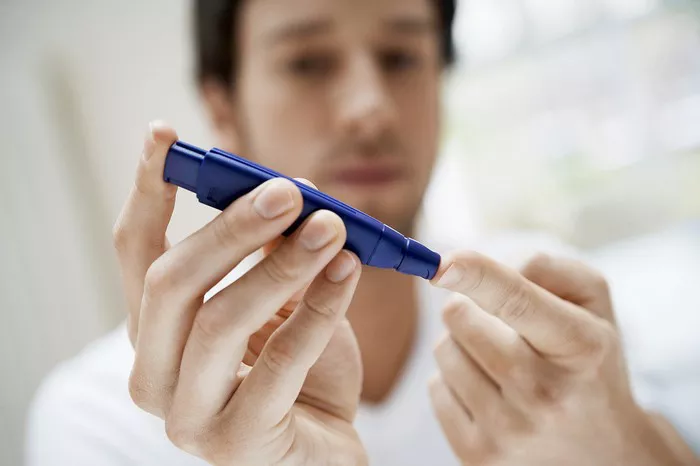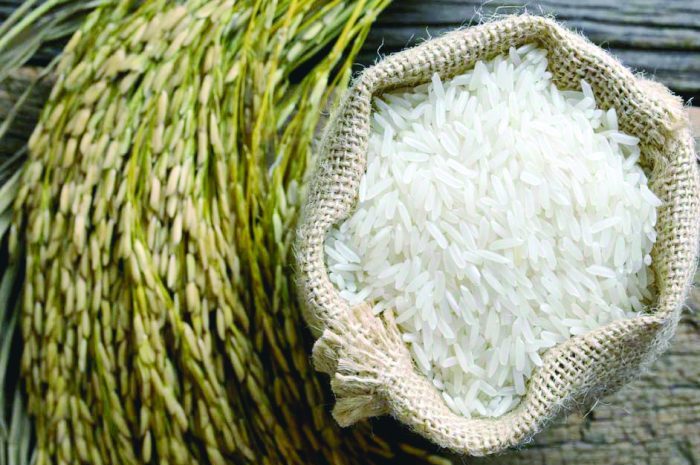Managing type 2 diabetes effectively requires careful attention to diet, and while vegetables are generally considered healthy, not all are equally beneficial for diabetics. Certain vegetables can significantly impact blood sugar levels and should be consumed with caution. This article delves into the vegetables diabetics should be cautious of, the reasons behind it, and alternative choices to maintain a balanced and healthy diet.
Understanding Glycemic Index and Glycemic Load
Before discussing specific vegetables, it’s essential to understand two key concepts: glycemic index (GI) and glycemic load (GL). The glycemic index measures how quickly a carbohydrate-containing food raises blood glucose levels. Foods are rated on a scale from 0 to 100, with higher values indicating faster and higher spikes in blood sugar. The glycemic load considers the GI and the amount of carbohydrates in a serving, providing a more accurate picture of a food’s impact on blood sugar.
High-Glycemic Vegetables to Limit
Potatoes
White Potatoes: Potatoes are a staple in many diets but have a high glycemic index, ranging between 70-100 depending on the variety and preparation method. This means they can cause a rapid increase in blood sugar levels. Diabetics should limit their intake of white potatoes, particularly when mashed, baked, or fried.
Sweet Potatoes: Although slightly better than white potatoes, sweet potatoes still have a moderate to high GI. They are more nutrient-dense but should still be consumed in moderation.
Corn
Corn, especially in its processed forms like cornmeal or corn syrup, has a high glycemic index. Fresh corn on the cob has a moderate GI, but corn products used in processed foods can significantly impact blood sugar levels. Diabetics should be cautious with corn consumption, opting for whole-grain alternatives where possible.
Peas
Green peas have a moderate glycemic index, but their starchy nature means they can contribute to blood sugar spikes. While not as high in GI as potatoes, they should still be eaten in moderation, particularly for those with poor blood sugar control.
Carrots
Carrots have a moderate glycemic index, especially when cooked. Raw carrots have a lower GI and can be consumed in moderation. However, diabetics should be cautious with cooked carrots, as the cooking process increases their glycemic index.
Vegetables with High-Carbohydrate Content
Beets
Beets are rich in natural sugars and have a moderate glycemic index. They can cause blood sugar levels to rise if consumed in large quantities. While they offer nutritional benefits, such as being high in fiber and essential nutrients, portion control is crucial.
Winter Squash
Varieties like acorn, butternut, and pumpkin have a higher carbohydrate content compared to other non-starchy vegetables. They have a moderate glycemic index and should be consumed in moderation. Diabetics might benefit from choosing summer squash varieties like zucchini, which have a lower glycemic impact.
Parsnips
Parsnips, similar to carrots, have a moderate glycemic index and are high in carbohydrates. They can be part of a diabetic diet if eaten in controlled portions but should not be a primary vegetable choice.
Vegetables Prepared with Added Sugars and Fats
Canned Vegetables in Syrup
Some canned vegetables, particularly sweet potatoes and beets, are often preserved in syrup, significantly increasing their sugar content. Diabetics should avoid these and opt for fresh or canned vegetables without added sugars.
Vegetables Cooked with Sugary Sauces
Vegetables prepared in dishes with sugary sauces, such as glazed carrots or sweetened stir-fries, can lead to unexpected spikes in blood sugar levels. It’s important to be mindful of the cooking methods and ingredients used.
Starchy Vegetables
Pumpkin
Pumpkin, while nutritious, is high in carbohydrates and has a moderate glycemic index. It can be included in a diabetic diet but should be consumed in limited quantities, especially in forms like pumpkin pie, which often contains added sugars.
Plantains
Plantains are similar to bananas in carbohydrate content and glycemic impact. They are commonly used in various cuisines but should be eaten sparingly by diabetics due to their high starch content.
Moderation is Key
While the vegetables mentioned above have higher glycemic indices and carbohydrate content, it does not mean that diabetics must avoid them entirely. The key is moderation and careful portion control. Incorporating these vegetables in small amounts and balancing them with low-GI, non-starchy vegetables can help maintain stable blood sugar levels.
Alternatives and Recommendations
Leafy Greens
Vegetables like spinach, kale, and Swiss chard are excellent choices for diabetics. They are low in carbohydrates, have a minimal impact on blood sugar, and are rich in vitamins, minerals, and fiber.
Cruciferous Vegetables
Broccoli, cauliflower, Brussels sprouts, and cabbage are low-GI vegetables that provide numerous health benefits. They are high in fiber and antioxidants, making them suitable for a diabetic diet.
Berries
While not vegetables, berries like strawberries, blueberries, and raspberries can be included as part of a balanced diabetic diet. They have a lower GI compared to other fruits and are rich in fiber and antioxidants.
Tomatoes
Tomatoes have a low glycemic index and can be enjoyed in various forms, including fresh, canned (without added sugars), and in sauces. They are also high in essential nutrients like vitamin C and potassium.
Avocados
Avocados are low in carbohydrates and have a low glycemic index. They are high in healthy fats, fiber, and various vitamins and minerals. Including avocados in a diabetic diet can help improve satiety and provide essential nutrients.
Practical Tips for Diabetics
Monitor Portion Sizes
Pay attention to the portion sizes of higher-GI vegetables. Small amounts can be incorporated into meals without causing significant blood sugar spikes.
Combine with Low-GI Foods
Pairing higher-GI vegetables with low-GI foods can help balance the overall glycemic impact of a meal. For example, combining a small portion of mashed potatoes with a large serving of leafy greens and a protein source can mitigate blood sugar spikes.
Choose Cooking Methods Wisely
The cooking method can affect the glycemic index of vegetables. Steaming, roasting, or sautéing vegetables without added sugars or fats is preferable. Avoid deep-frying or cooking vegetables with high-sugar sauces.
Read Labels Carefully
For canned or packaged vegetables, check the ingredient list for added sugars or syrups. Opt for versions with no added sugars or choose fresh vegetables whenever possible.
Monitor Blood Sugar Levels
Regularly monitoring blood sugar levels can help diabetics understand how different vegetables affect them personally. This knowledge allows for more informed dietary choices.
See also: I Have Type 2 Diabetes, What Should My A1c Be?
Conclusion
Vegetables are an essential part of a healthy diet, even for diabetics. However, understanding which vegetables to consume in moderation and which to prioritize can make a significant difference in managing blood sugar levels. By focusing on low-GI vegetables, monitoring portion sizes, and choosing appropriate cooking methods, diabetics can enjoy a varied and nutritious diet while maintaining better blood sugar control. As always, it is advisable for individuals with diabetes to consult with a healthcare professional or a registered dietitian for personalized dietary advice.



























